After tasting about 60 Gavi wines and creating a protocol for winemaking in the region (here), I also got the chance to learn more by visiting several wineries while they were harvesting their all-important Cortese grapes.
Villa Sparina
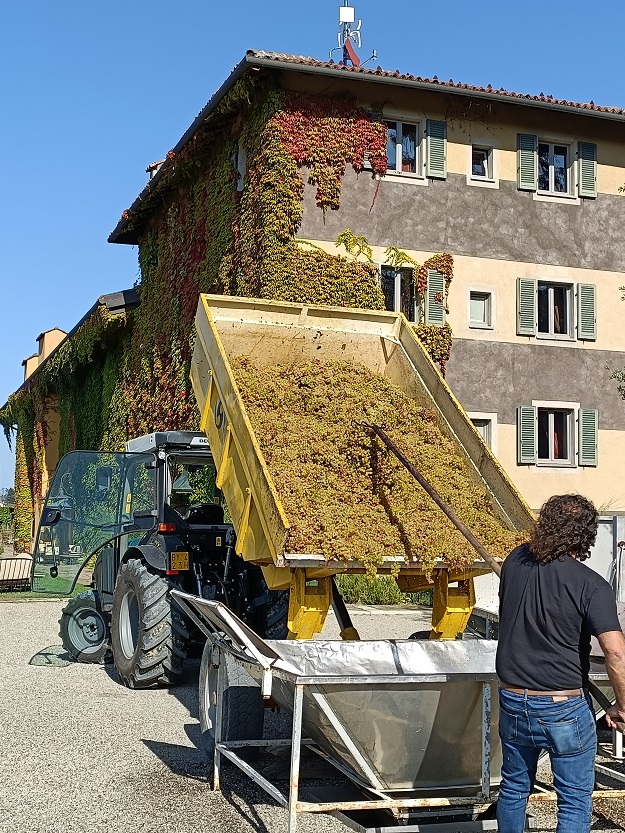
They were halfway through the Cortese harvest when I visited Villa Sparina, in the white soil zone Monterotondo, in the heart of the Gavi DOCG. They had picked the grapes for the sparkling wine, which is aged on lees for 30 months, and were now picking grapes from vineyards approximately 30 years of age for their lighter-style expression of Gavi. The following week, they would venture among their ‘cru’ vineyards, planted at the top of the hills in 1945, to pick the Cortese grapes for their richer, age-worthy flagship Gavi Monterotondo.
Founded by the Moccagatta family in 1974, Villa Sparina has become a resort with the 18th-century farmhouse buildings turned into a charming four-star hotel (l'Ostelliere) and a superb restaurant (La Gallina), which is dedicated to the local cuisine.
The estate is spread over 100ha of which 72 are reserved for vines (mostly Cortese but some Barbera, Chardonnay, Sauvignon Blanc and Merlot). The vineyards are farmed organically but only one is certified so far.
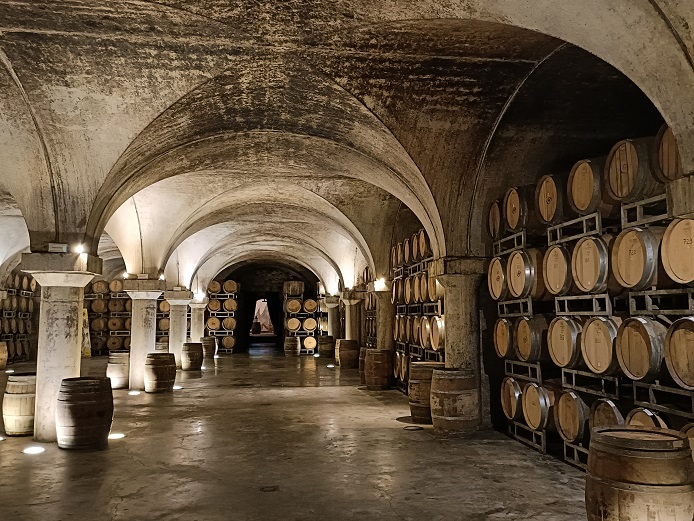
The winery, created under the old buildings, produces 800,000-900,000 bottles a year. All of Villa Sparina's wines are presented in a unique shaped bottle designed by Giacomo Bersanetti, who was inspired by an ancient bottle found during the excavation and restoration of the estate.
In the winery I notice the grapes are being squeezed by 2.23 bars of pressure. In the magnificent cellar under the 33-room hotel, I spot French oak tonneaux and barriques and 600L cement tanks being relined with glass. The Gavi Monterotondo is aged in 85% old wood and 15% new wood for about nine months before being transferred to tanks for another year’s ageing. The wine will also spend a year in bottle before hitting the market.
Stefano Moccagatta (below) and his siblings, Massimo and Tiziana, took over the business from their parents, Mario and Bruna. He stresses: “Everything we do starts from wine.”
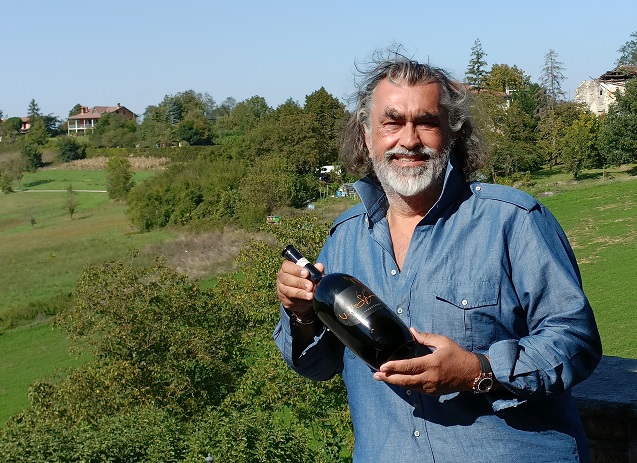
Locanda La Raia
An Italian-style herb garden greets visitors, and there is a larger landscaped garden near the vineyards where guests staying in the stunning 12-room mansion can go to relax.Locanda La Raia, a biodynamic winery, is also a 180ha organically-certified farm and resort, with heated indoor and outdoor swimming pools, gym, fine-dining restaurant, culture centre, and outdoor artworks. More surprising is the Steiner kindergarten in the grounds.
The mansion is surrounded by 50ha of vineyards (45ha of Cortese), pastures for Fassona cows and woods of chestnut trees and acacias. The eco-system is important to the Rossi Cairo family, which bought the vineyards and farmlands in 2002. Their principal focus is on sustainability, biodiversity, and conservation of the Gavi landscape.

Rossi Cairo sums up the reason for pioneering wine tourism in the Gavi region: “Simply producing wine is not enough anymore. Nowadays, you need to offer much more, you need to offer an experience, which comes together with the wine. The idea of making Locanda an experience came when I went to Napa Valley and was tasting in a winery. I had to book in advance, my tasting was three shots of Chardonnay and 15 minutes of a speech, then over to the next guest; I felt like an animal in a cage. I thought, ‘we need to offer a real experience to make people feel what we do and the difference we’re trying to make here.
“The greatest happiness comes when guests visit for a tasting that should take 30 or 60 minutes, but lasts for two hours and all get tipsy together. A long-term impression requires time and work.”
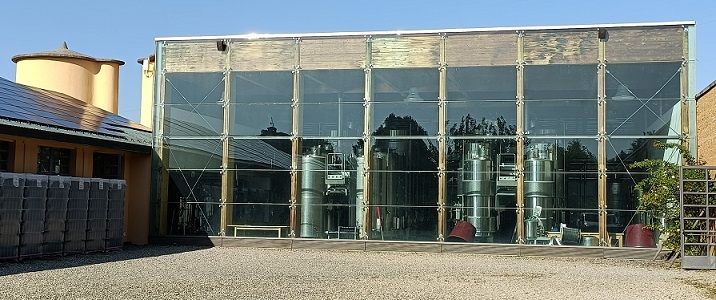
From the new cellar, built from white and red earth, come a Gavi, Gavi Riserva Vigna della Madonnina and Gavi Pisé (La Raia’s most important and oldest cru, 300m asl).
Gavi Pisé is fermented and aged on lees for a year in 25hl Stockinger barrels from Austria. It gets another 10 months to a year sur lie in tanks.
“For guests of the hotel, we offer Gavi without added sulphites, which we do not export; it’s a very delicate wine,” Rossi says.
Il Poggio di Gavi
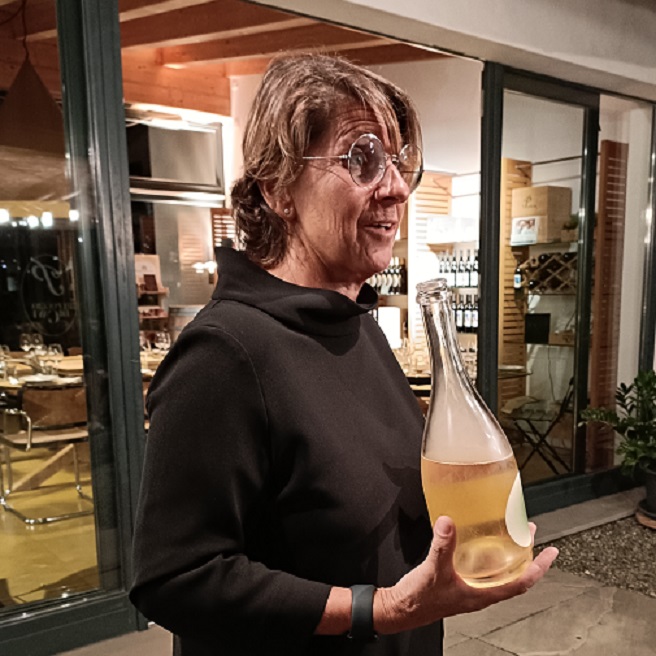
Francesca Poggio greets me with a spumante made from Cortese grapes – but the second fermentation in bottle is sparked by must from Welschriesling (Riesling Italico), which, she says, gives “a little bit of sweetness to the wine”.
Il Poggio, located in the Rovereto Hills, is another family business. Francesca runs the business, which she took over from her mother in 2003, with sister Alessandra, daughter Giorgia, and husband Angelo, who looks after the vineyards and woods.
The business includes a B&B with four rooms (plus another two in the village of Gavi), a wine shop with tasting room, and the cellar, which is now producing 44,000 bottles a year, mainly for export.
They are converting the vineyards, which are 330m asl, to organic. “This is my own personal challenge,” Francesca says. Sustainability is important to her. She outlines her views: “Adopting sustainable behaviour is all about being sensitive and using methods that have to involve everyone. It is something I believe in strongly and work to achieve every day. I use no herbicides or pesticides; I respect natural cover crops and use only organic fertiliser for the purpose of rebalancing. Not content with that, I have installed a photovoltaic system that guarantees the supply of renewable energy to the cellar, as well as a tank to collect rainwater for use in the fields.
“My husband is very attentive to sustainability too and it makes me so happy to see all the passion and commitment he devotes to looking after ‘our’ woods, to the benefit of the local flora and fauna.”
Azienda Agricola La Mesma
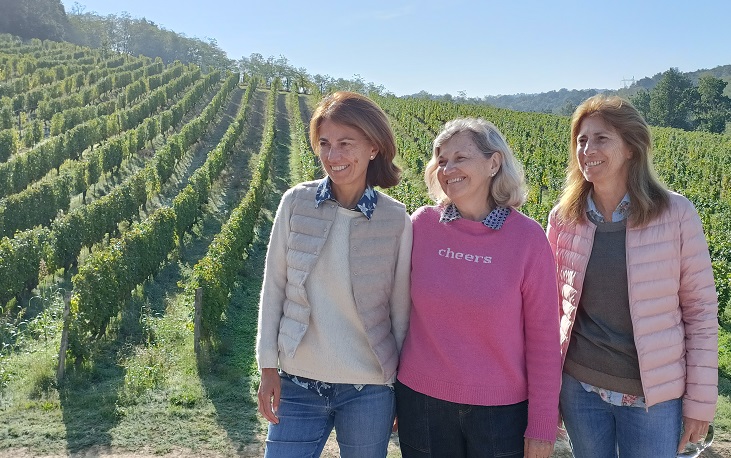
La Mesma started as a small hobby vineyard for the three Rosina sisters – (art historian) Paola, (biologist) Francesca, and (lawyer) Anna. But it rapidly grew into one of the leading wineries in the region. It’s certified organic; it’s heading towards precision farming; it uses solar panels to power the winery; and it hires and educates young refugees from Sub-Saharan countries.
La Mesma is focused on Cortese and produces Gavi wines in all the forms recognised by the DOCG: still Gavi, Gavi frizzante, Gavi spumante traditional method and Gavi Riserva.
The sisters have 25ha of Cortese grape: 15 in Monterotondo di Gavi at an altitude of about 350m and 10 in the municipalities of Tassarolo and Novi Ligure. These vineyards in the north range in age from 18 to 55 years and are located on red soils at an altitude of about 300m asl. Surrounding the vineyards are 60ha of oak and chestnut trees, which help to preserve a favourable mesoclimate and ensure a rich biodiversity.
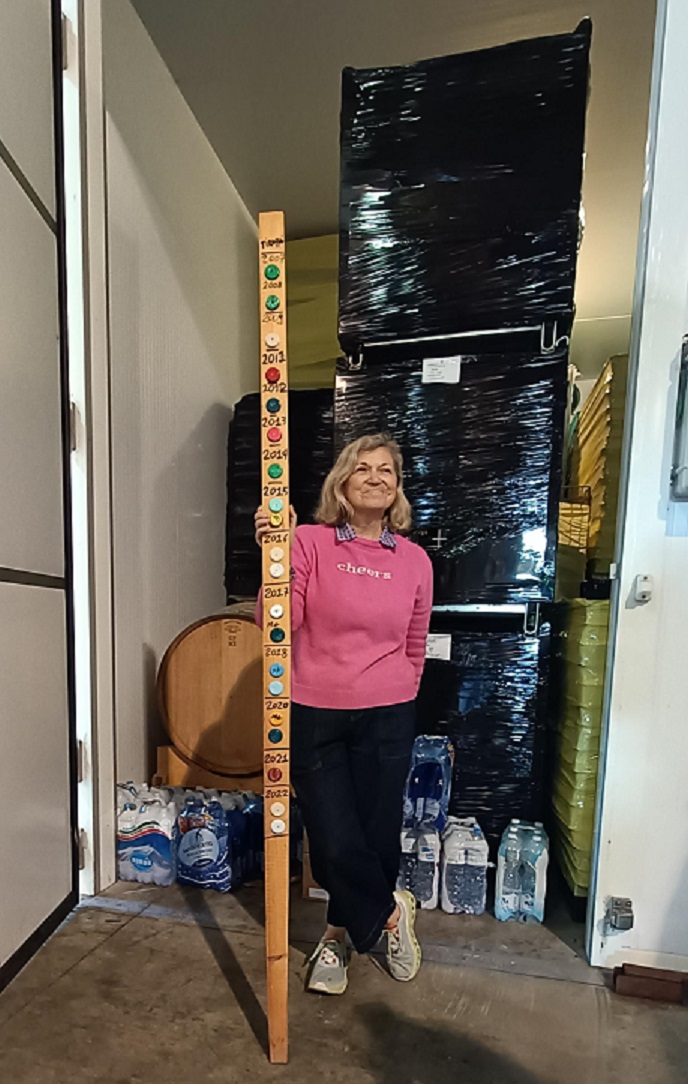
Wandering around the winery, looking for anything that’s a little unusual, I spot a long piece of wood with different coloured crown caps attached (above). The different colours help the sisters keep track of the vintages of their sparkling wines. All bottles kept in storage are covered by black shrink wrap to protect them from light strike.
The winery is on one level and its mostly stainless-steel tanks and concrete vats. The temperature-controlled concrete vats are for juice from old vines. Paola (above) says temperature is the only tool they use for these wines, but patience is also required. “Old vines and cement need time to express themselves,” she observes.
There is also a barrel filled with wine that was destined to boost the riserva – but Paola says it tastes so good they are going to bottle it for family consumption!
The wine that’s a little different here is La Mesma “INDI” Gavi del Comune di Gavi DOCG. The name indicates it was fermented using indigenous yeasts, from a pied de cuve.
Francesca believes a spontaneous fermentation brings out different aromas and adds complexity in the first three days before the Saccharomyces cerevisiae takes over. They make their pied de cuve at the same time as they press the rest of the juice, but keep that chilled until the fermentation has started naturally. They then taste the must before deciding to pitch it in with the freshly pressed juice, at a ratio of about 1:10. Francesca knows it’s a high proportion for a pied de cuve but says: “We like to keep the mouthfeel that comes from a spontaneous fermentation, which is richer and has more texture.”
‘I’m an assistant of nature’
Marchese Luca Spinola

Andrea Spinola (above), a marketing manager for Nestlé in Milan, gave up his job in 2006 and returned to Rovereto di Gavi, where he “loved the air”, where he spent his childhood and where, for centuries, his ancestors, the marquises of Spinola, had been growing vines.
His father had been selling the grapes and was considering selling the estate. But Andrea said he would try to make a business out of it, producing 1,000 bottles that first year, selling the rest of the grapes. He still sells some grapes but now he produces a wide range of Gavi wines, including a col fondo, from 15ha of vines, which have been certified organic since 2017. He reckons it’s put his costs up by 30%.
He says, along the way, he made a lot of mistakes “because I studied communication”.
Now his philosophy is: “I’m an assistant of nature.”
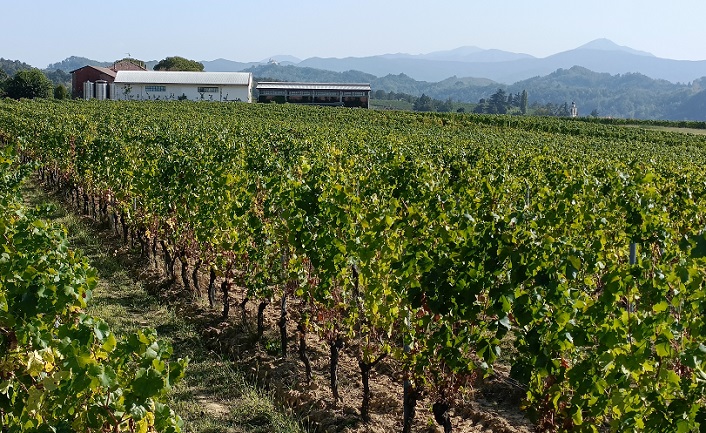
He likes to use dry ice instead of sulphur at the reception stage; he inoculates his wine with a yeast selected from his oldest vineyard; he believes in regular bâtonnage for the three to four months the still wines are on lees; and his top Gavi, Massimiliano, is fermented and aged in a mixture of stainless steel and barriques. In good years, like 2018, he’ll bottle both versions rather than blending them.
Produttori del Gavi
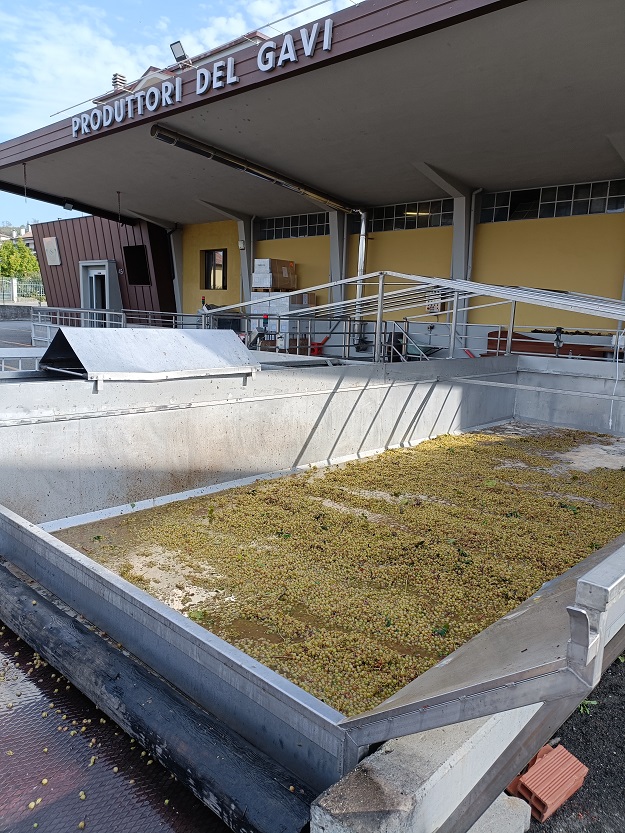
The one large winery in the landscape of small and medium-size businesses is the local cooperative, Produttori del Gavi, which collects grapes from all 11 municipalities of the DOCG and covers 220ha of land from Tassarolo to Bosio.
Such coverage allows the production of various “cru” bottlings, as well as giving the winemaking team, led by oenologist Andrea Pancotti, access to organically certified vineyards and vines that are 90 years old.
Produttori del Gavi’s origins go back to 1951 when 83 families banded together to combine their strengths into a cooperative. The group is essentially made up of these same growers to this day, with just 12 more being admitted to the group since inception.
It’s a massive operation. During harvest, the winery can handle 290 tons of freshly harvested grapes a day. Annual production capacity is 16,800hl. But it produces about 300,000 bottles annually.
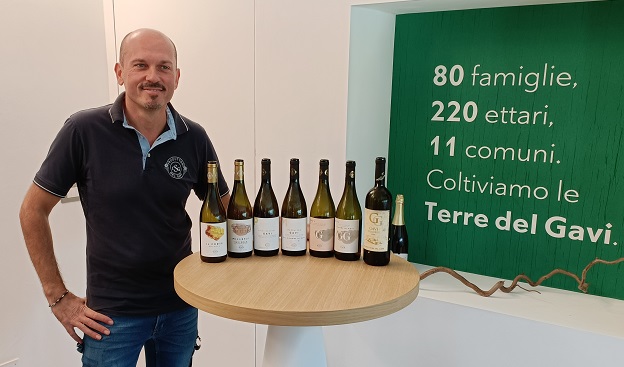
Andrea (above) favours low fermentation temperatures – 11-13°C – to preserve the aromas of Cortese, and works oxidatively when the grapes arrive, then reductively – protecting the wine with nitrogen and low temperatures.


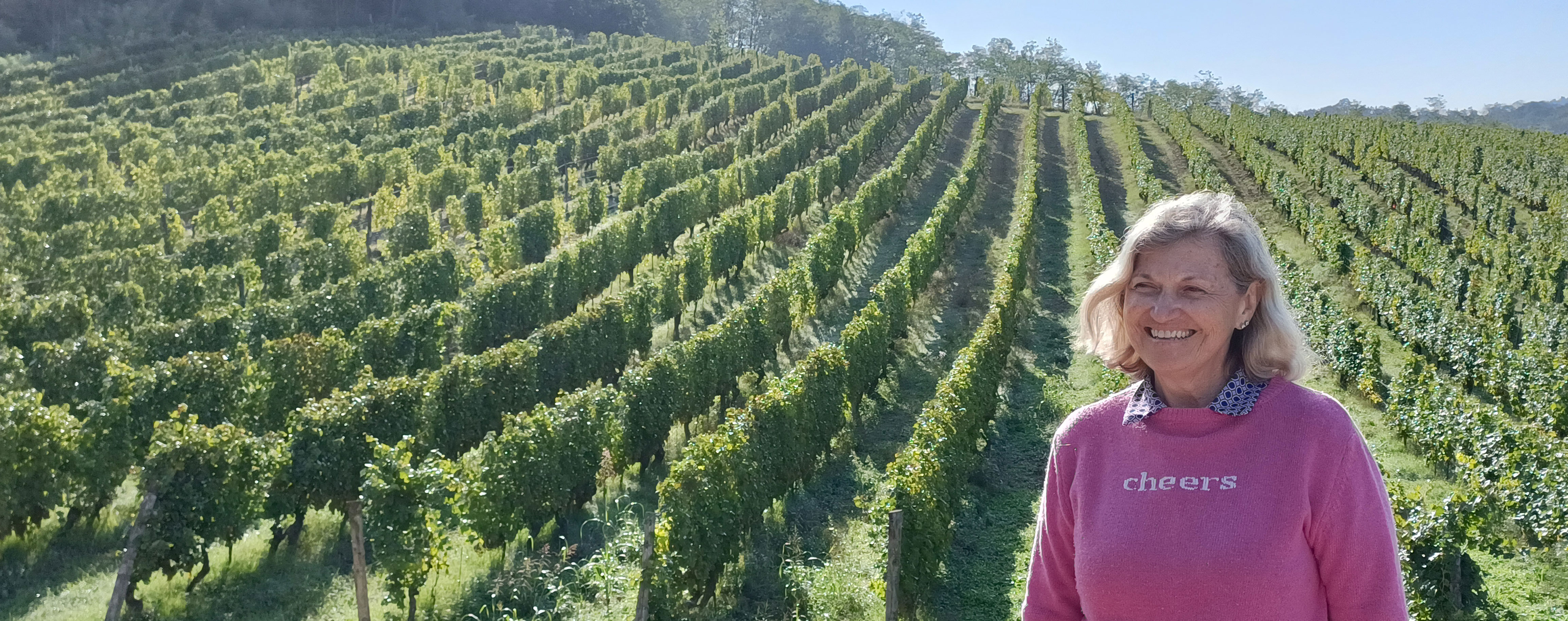










.png)






